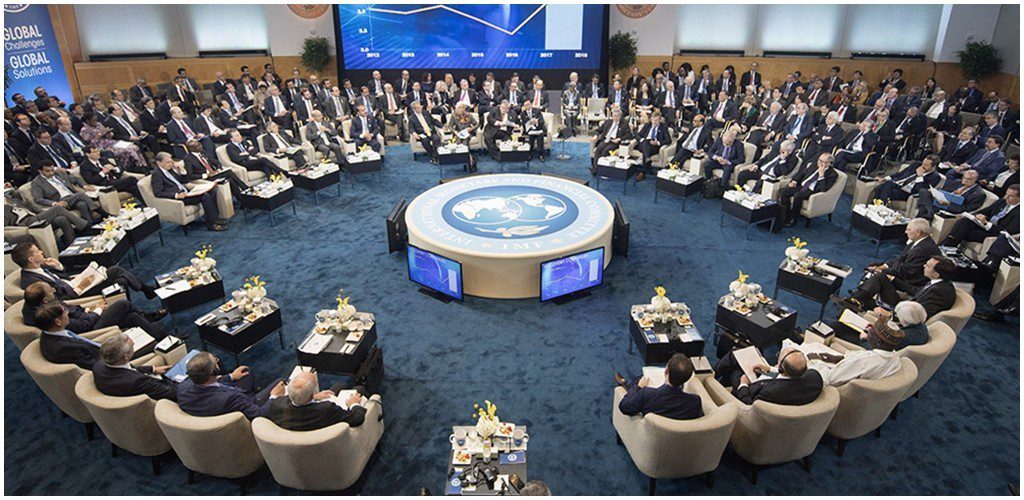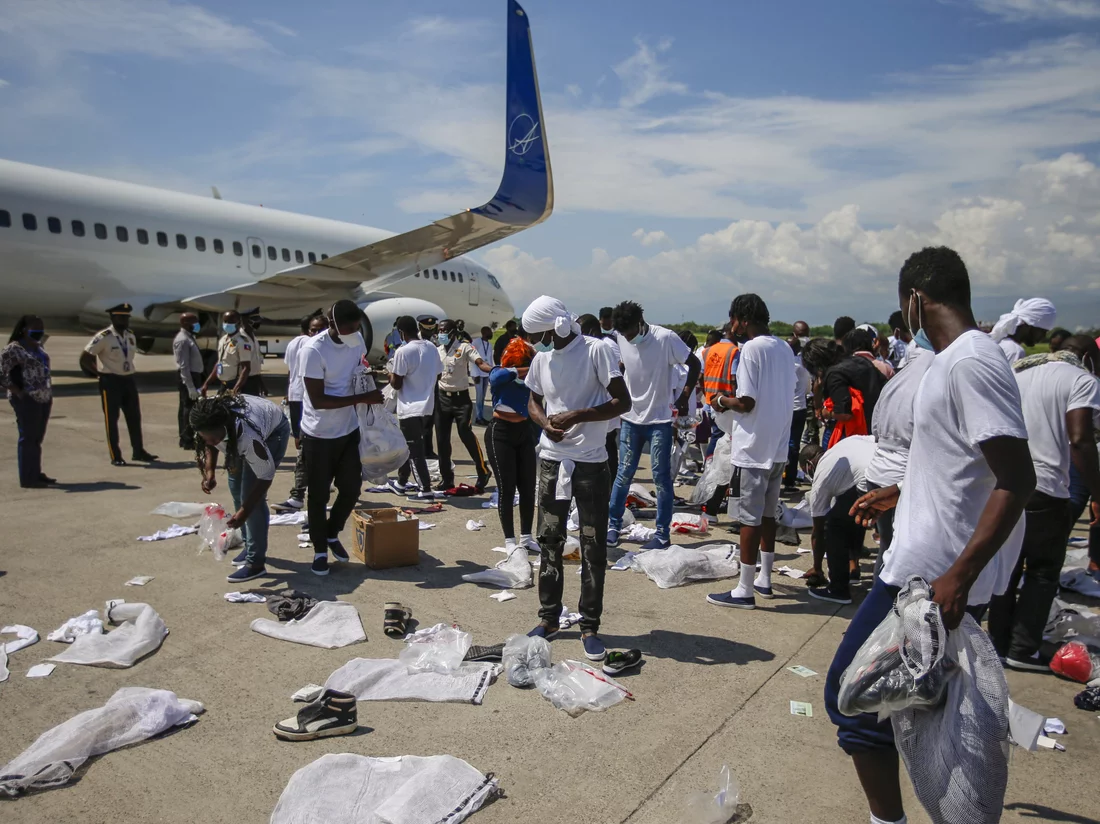International Monetary Fund maintains lending capacity
 The International Monetary Fund (IMF) has maintained its lending capacity at around US$1 trillion for the coming years.
The International Monetary Fund (IMF) has maintained its lending capacity at around US$1 trillion for the coming years.
According to the fund, this is of particular importance in the context of increased demand for IMF resources due to the COVID-19 pandemic and ongoing heightened risks.
It noted that since the membership’s endorsement in 2019 of a package on IMF resources and governance reform, it had worked closely with its creditor members.
The IMF’s New Arrangements to Borrow (NAB), the second line of defence after quota resources, have been strengthened.
In January 2020, the executive board approved a NAB reform that included a doubling of the size of the NAB and setting a new NAB period through 2025.
Creditors have since provided the necessary consents and this reform took effect as targeted on January 1, 2021. Following the effectiveness of the reform, 38 NAB participants contributed an aggregate amount of SDR 361 billion ($521 billion) to the fund’s resource envelope.
In addition, work proceeded to maintain access to bilateral borrowing agreements (BBAs) as the third line of defence.
On March 30, 2020, the executive board approved a framework for a new round of bilateral borrowing, to succeed agreements in place through end-2020.
Within this framework, a new set of agreements beyond 2020 (2020 BBAs) have been introduced to replace the 2016 BBAs, which expired at end-2020.
New bilateral borrowing agreements with 37 creditors for a total of SDR 128 billion ($185 billion) have become effective.
Agreements with a few other prospective 2020 BBA creditors are on track to become effective in the period ahead. The 2020 BBAs have an initial term of three years through end-2023 and may be extended for a further year.







